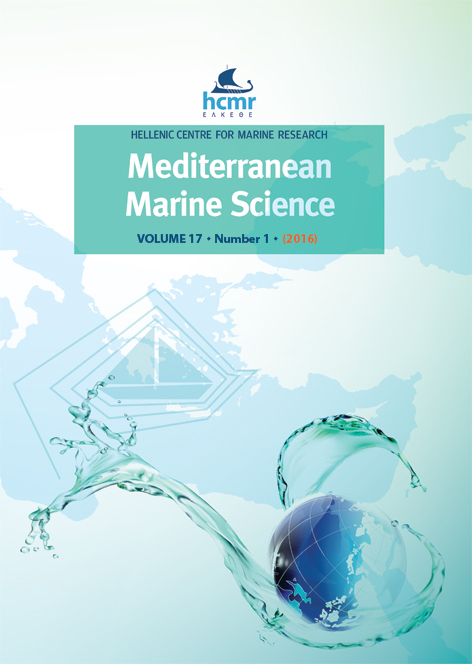Seasonal and Interannual Variability of Water Exchange in the Strait of Istanbul
Abstract
Temperature and salinity distribution and volume fluxes through the Strait of Istanbul were analysed using long-term monthly time series of temperature-salinity (1996-2010) and current profiles (1999-2010) collected at both ends of the strait. While annual cycle of the upper layer temperature, with minima in February and maxima in August, reflects the influence of air temperature with a near monthly phase shift, annual cycle of the upper layer salinity, with lowest values observed between April to September, is mostly affected by river discharge into the Western Black Sea. The seasonal variations of the lower layer temperature and salinity in the Strait of Istanbul are mostly influenced by flow blockages. Inversely proportional upper and lower layer volume fluxes indicate strong seasonal variations with minimum and maximum values in April and October, respectively. Annual average upper and lower layer volume fluxes calculated from the high resolution dataset are 404 km3 y-1 and 250 km3 y-1 at the north end, and 430 km3 y-1 and 245 km3 y-1 at the south end of the strait, respectively.
Article Details
- Come citare
-
ALTIOK Η., & KAYIŞOĞLU, M. (2015). Seasonal and Interannual Variability of Water Exchange in the Strait of Istanbul. Mediterranean Marine Science, 16(3), 644–655. https://doi.org/10.12681/mms.1225
- Fascicolo
- V. 16 N. 3 (2015)
- Sezione
- Research Article
Authors who publish with this journal agree to the following terms:
- Authors retain copyright and grant the journal right of first publication with the work simultaneously licensed under a Creative Commons Attribution Non-Commercial License that allows others to share the work with an acknowledgement of the work's authorship and initial publication in this journal.
- Authors are able to enter into separate, additional contractual arrangements for the non-exclusive distribution of the journal's published version of the work (e.g. post it to an institutional repository or publish it in a book), with an acknowledgement of its initial publication in this journal.
- Authors are permitted and encouraged to post their work online (preferably in institutional repositories or on their website) prior to and during the submission process, as it can lead to productive exchanges, as well as earlier and greater citation of published work (See The Effect of Open Access).





